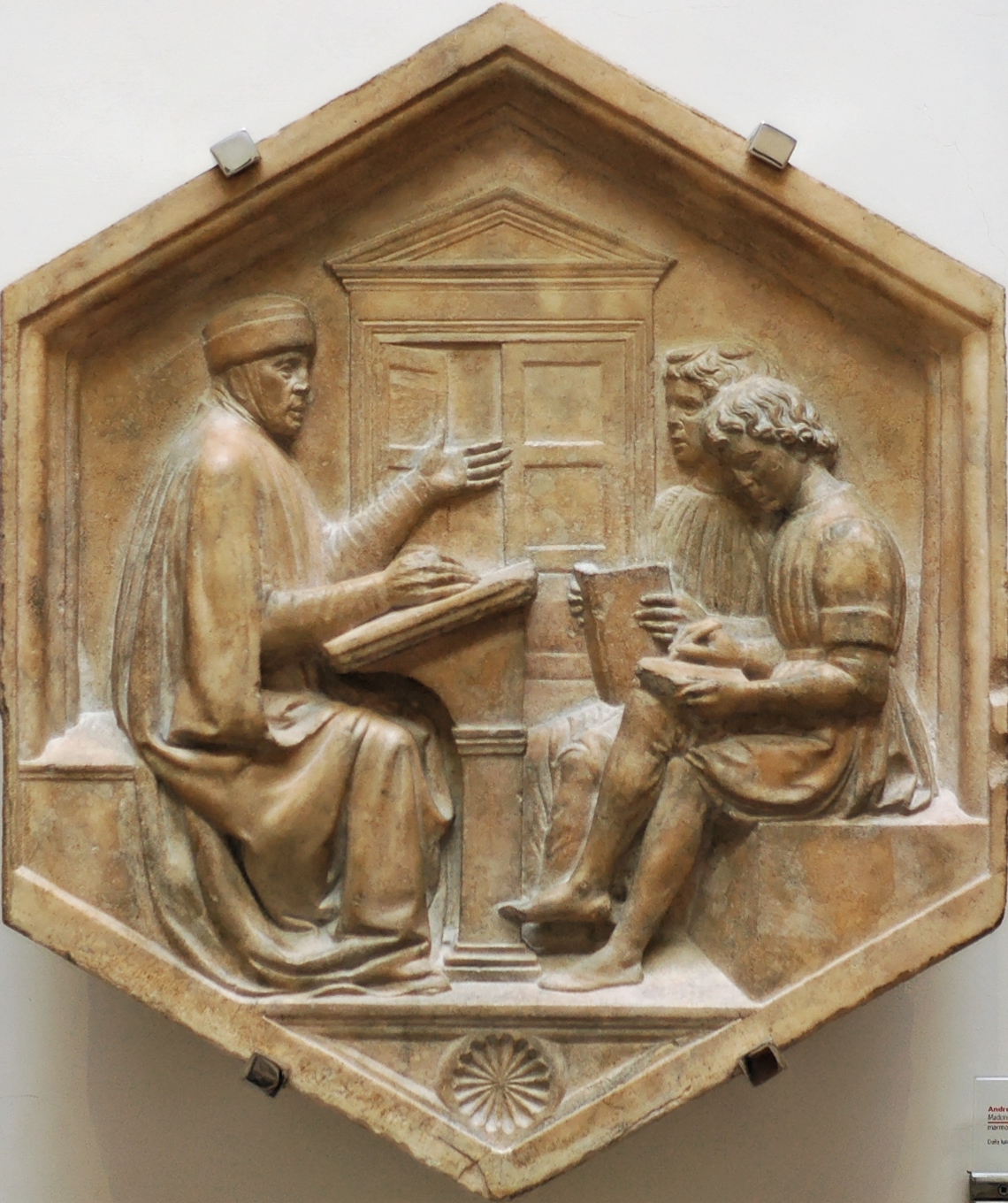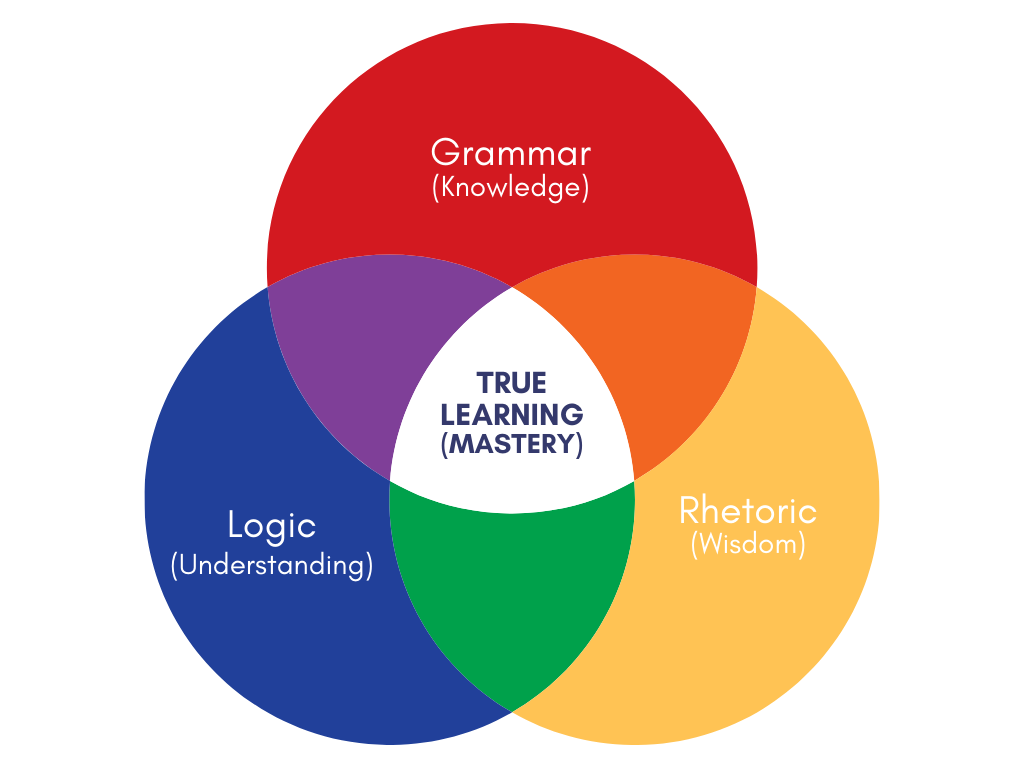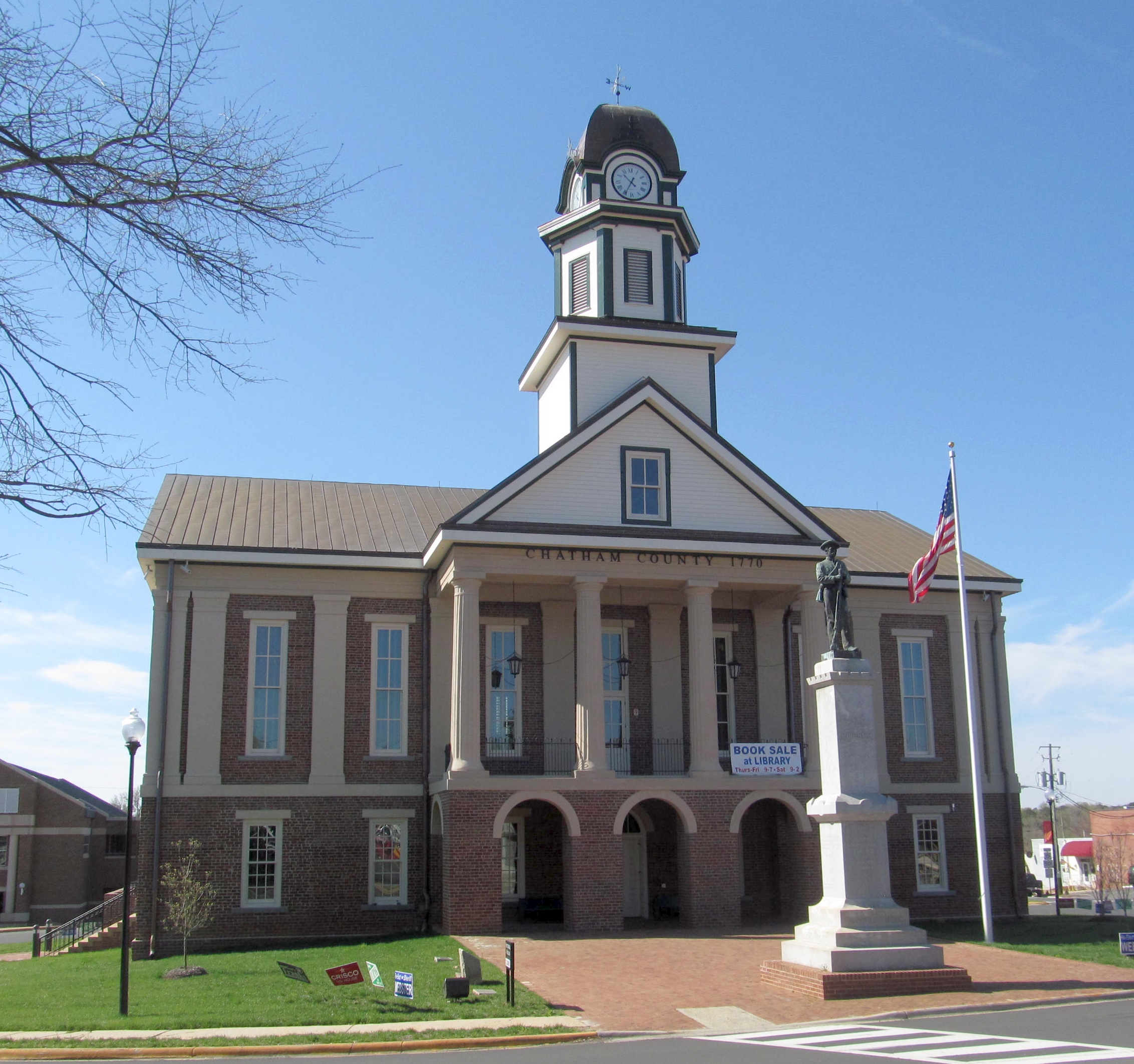|
Thales Academy
Thales Academy ( ) is a network of private non-sectarian community schools located primarily in central North Carolina. The school was founded in 2007 by Robert L. Luddy and graduated its first senior class in 2016 with three seniors. As of 2021, there are over 3600+ students stretched across 12 campuses mainly based in North Carolina, but also a campus located in Virginia and Tennessee.{{cite web, https://www.thalesacademy.org/about/quick-facts The Pre-K–12 college preparatory school was named for the Greek philosopher Thales of Miletus, often credited as the father of Greek Philosophy. History Thales Academy, a 501(c)(3) not-for-profit school, was established in 2007 by Robert L. Luddy, a North Carolina entrepreneur, educator, philanthropist, and founder of CaptiveAire Systems. Prior to Thales, Luddy founded Franklin Academy in Wake Forest, one of the state’s largest charter schools, and St. Thomas More Academy in Raleigh, an independent Catholic college preparatory scho ... [...More Info...] [...Related Items...] OR: [Wikipedia] [Google] [Baidu] |
North Carolina
North Carolina () is a state in the Southeastern region of the United States. The state is the 28th largest and 9th-most populous of the United States. It is bordered by Virginia to the north, the Atlantic Ocean to the east, Georgia and South Carolina to the south, and Tennessee to the west. In the 2020 census, the state had a population of 10,439,388. Raleigh is the state's capital and Charlotte is its largest city. The Charlotte metropolitan area, with a population of 2,595,027 in 2020, is the most-populous metropolitan area in North Carolina, the 21st-most populous in the United States, and the largest banking center in the nation after New York City. The Raleigh-Durham-Cary combined statistical area is the second-largest metropolitan area in the state and 32nd-most populous in the United States, with a population of 2,043,867 in 2020, and is home to the largest research park in the United States, Research Triangle Park. The earliest evidence of human occupation i ... [...More Info...] [...Related Items...] OR: [Wikipedia] [Google] [Baidu] |
Apex, North Carolina
Apex () is a town in Wake County, North Carolina, United States. At its southern border, Apex encompasses the community of Friendship. In 1994, the downtown area was designated a historic district, and the Apex train depot, built in 1867, is designated a Wake County landmark. The depot location marks the highest point on the old Chatham Railroad, hence the town's name. The town motto is "The Peak of Good Living". In the precolonial era, the town's area was inhabited by the Tuscarora tribe of Native Americans. In the late 19th century, a small community developed around the railroad station. The forests were cleared for farmland, much of which was dedicated to tobacco farming. Since Apex was near the state capital, it became a trading center. The railroad shipped products such as lumber, tar, and tobacco. The town was officially incorporated in 1873. By 1900 the town had a population of 349. As of the 2020 census, the population was 58,780. The population boom occurred primarily ... [...More Info...] [...Related Items...] OR: [Wikipedia] [Google] [Baidu] |
Science, Technology, Engineering, And Mathematics
Science, technology, engineering, and mathematics (STEM) is an umbrella term used to group together the distinct but related technical disciplines of science, technology, engineering, and mathematics. The term is typically used in the context of education policy or curriculum choices in schools. It has implications for workforce development, national security concerns (as a shortage of STEM-educated citizens can reduce effectiveness in this area) and immigration policy. There is no universal agreement on which disciplines are included in STEM; in particular whether or not the ''science'' in STEM includes social sciences, such as psychology, sociology, economics, and political science. In the United States, these are typically included by organizations such as the National Science Foundation (NSF), which deals with all matters concerning science and new discoveries in science as it affects development, research, and innovations, the Department of Labor's O*Net online database for ... [...More Info...] [...Related Items...] OR: [Wikipedia] [Google] [Baidu] |
College-preparatory School
A college-preparatory school (usually shortened to preparatory school or prep school) is a type of secondary school. The term refers to public, private independent or parochial schools primarily designed to prepare students for higher education. North America United States In the United States, there are public, private, and charter college preparatory schools that can be either parochial or secular. Admission is sometimes based on specific selection criteria, usually academic, but some schools have open enrollment. In 2017, 5.7 million students were enrolled in US private elementary or secondary schools, constituting 10% of total school enrollment. Of those, 1.4 million students were enrolled in a secular (nonsectarian) school. Public and charter college preparatory schools are typically connected to a local school district and draw from the entire district instead of the closest school zone. Some offer specialized courses or curricula that prepare students for a specific ... [...More Info...] [...Related Items...] OR: [Wikipedia] [Google] [Baidu] |
Trivium
The trivium is the lower division of the seven liberal arts and comprises grammar, logic, and rhetoric. The trivium is implicit in ''De nuptiis Philologiae et Mercurii'' ("On the Marriage of Philology and Mercury") by Martianus Capella, but the term was not used until the Carolingian Renaissance, when it was coined in imitation of the earlier quadrivium. Grammar, logic, and rhetoric were essential to a classical education, as explained in Plato's dialogues. The three subjects together were denoted by the word ''trivium'' during the Middle Ages, but the tradition of first learning those three subjects was established in ancient Greece. Contemporary iterations have taken various forms, including those found in certain British and American universities (some being part of the Classical education movement) and at the independent Oundle School in the United Kingdom. Etymology Etymologically, the Latin word trivium means "the place where three roads meet" (tri + via); hence, the subje ... [...More Info...] [...Related Items...] OR: [Wikipedia] [Google] [Baidu] |
Socratic Method
The Socratic method (also known as method of Elenchus, elenctic method, or Socratic debate) is a form of cooperative argumentative dialogue between individuals, based on asking and answering questions to stimulate critical thinking and to draw out ideas and underlying presuppositions. It is named after the Classical Greek philosopher Socrates and is introduced by him in Plato's Theaetetus as midwifery ( maieutics) because it is employed to bring out definitions implicit in the interlocutors' beliefs, or to help them further their understanding. The Socratic method is a method of hypothesis elimination, in that better hypotheses are found by steadily identifying and eliminating those that lead to contradictions. The Socratic method searches for general commonly held truths that shape beliefs and scrutinizes them to determine their consistency with other beliefs. The basic form is a series of questions formulated as tests of logic and fact intended to help a person or group di ... [...More Info...] [...Related Items...] OR: [Wikipedia] [Google] [Baidu] |
Direct Instruction
Direct Instruction (DI) is a term for the explicit teaching of a skill-set using lectures or demonstrations of the material to students. A particular subset of direct instruction, denoted by capitalization as Direct Instruction, refers to a specific example of the approach developed by Siegfried Engelmann and Wesley C. Becker. DI teaches by explicit instruction, Explicit Instruction. LearnLab. Pittsburgh Science of Learning Center. Retrieved 2017-06-12. in contrast to exploratory models such as . DI includes s, participatory laboratory classes, [...More Info...] [...Related Items...] OR: [Wikipedia] [Google] [Baidu] |
Classical Education Movement
The classical education movement includes a growing number of organizations taking renewed inspiration from a traditional and historic liberal arts education and that focuses human formation and learning on the liberal arts (including the natural sciences) as well as canons of classical literature, the fine arts, and the history of civilization. While schools in the movement vary in their use of these categories, the general goal of the classical education movement is to encourage this group of studies within the hundreds of contemporary schools involved (both independent and public charter) as well as the thousands of homeschooling communities. This movement has inspired multiple gradate programs and colleges as well as ''Principia: A Journal of Classical Education'' (a peer-reviewed scholarly journal that publishes articles, policy research, editorials, and reviews related to the history, theory, practice, and pedagogy of classic liberal arts education and contemporary classica ... [...More Info...] [...Related Items...] OR: [Wikipedia] [Google] [Baidu] |
Pittsboro, North Carolina
Pittsboro is a town in Chatham County, North Carolina, United States. The population was 3,743 at the 2010 census and 4,537 at the 2020 census. It is the county seat of Chatham County. The town was established in the late 18th century, shortly after the American Revolution, as the county seat for the newly formed Chatham County. In the years leading up to the United States civil war, the economy was dominated by small-scale farms that relied heavily on slave labor, and in the aftermath of the civil war, racial tensions were high, and the town was noted for a number of lynchings and other racial violence in the late 19th century. Industrialization came to the community in the 19th century, as a number of rivers cross the area providing locations for mills and factories. As industry moved away from the community, it has in the 21st century transitioned into a bedroom community for the nearby cities of the Research Triangle region. History Foundation and early years Pittsbor ... [...More Info...] [...Related Items...] OR: [Wikipedia] [Google] [Baidu] |
Cary, North Carolina
Cary is a town in Wake and Chatham counties in the U.S. state of North Carolina and is part of the Raleigh–Cary, NC Metropolitan Statistical Area. According to the 2020 Census, its population was 174,721, making it the seventh largest municipality in North Carolina, and the 148th largest in the United States. In 2021, the town's population had increased to 176,987. Cary began as a railroad village and became known as an educational center in the late 19th and early 20th centuries.Kelly Lally Molloy (December 2000).Cary Historic District (pdf). ''National Register of Historic Places - Nomination and Inventory''. North Carolina State Historic Preservation Office. Retrieved June 1, 2015. In April 1907, Cary High School became the first state-funded public high school in North Carolina. The creation of the nearby Research Triangle Park in 1959 resulted in Cary's population doubling in a few years, tripling in the 1970s, and doubling in both the 1980s and 1990s. Cary is now th ... [...More Info...] [...Related Items...] OR: [Wikipedia] [Google] [Baidu] |
Waxhaw, North Carolina
Waxhaw is a town in Union County, North Carolina, United States. The population was 20,534 according to the 2020 Census. The population grew 108.28% from 2010. The name is derived from the indigenous people who lived in the area, who were known as the Waxhaw people. Geography Waxhaw is located at (34.928201, -80.744835). According to the United States Census Bureau, the town has a total area of . Waxhaw's northernmost municipal boundary is located four and one-half miles south of the Charlotte southernmost city limit. Waxhaw is part of Union County. Waxhaw is located in the historic region called The Waxhaws and both the region and the town are named after the indigenous Native American tribe who lived there prior to colonial settlement. Europeans sometimes referred to their settlements in the area as, The Waxhaw Settlement. The town of Waxhaw is in the Piedmont region of North Carolina, which is a wooded area with rolling hills. This region is where gold was first disco ... [...More Info...] [...Related Items...] OR: [Wikipedia] [Google] [Baidu] |
Wake Forest, North Carolina
Wake Forest is a town in Franklin, Granville and Wake counties in the U.S. state of North Carolina; located almost entirely in Wake County, it lies just north of the state capital, Raleigh. At the 2020 census, the population was 47,601. That is up from 30,117 in 2010, up from 12,588 in 2000. The U.S. Census Bureau estimates the city's population to be 47,601 as of April 1, 2020. In 2007, the town was listed by ''Forbes'' magazine as the 20th fastest growing suburb in America, with a 73.2 percent increase in population between 2000 and 2006. Wake Forest was the original home of Wake Forest University for 122 years before it moved to Winston-Salem in 1956. The U.S. Office of Management and Budget also includes Wake Forest as a part of the Raleigh-Durham-Cary Combined Statistical Area, which has a population of 2,106,463 as of U.S. Census 2020 Population Estimates. The Office of Management and Budget redefined the Federal Statistical Areas and dismantled what had been for decades ... [...More Info...] [...Related Items...] OR: [Wikipedia] [Google] [Baidu] |






